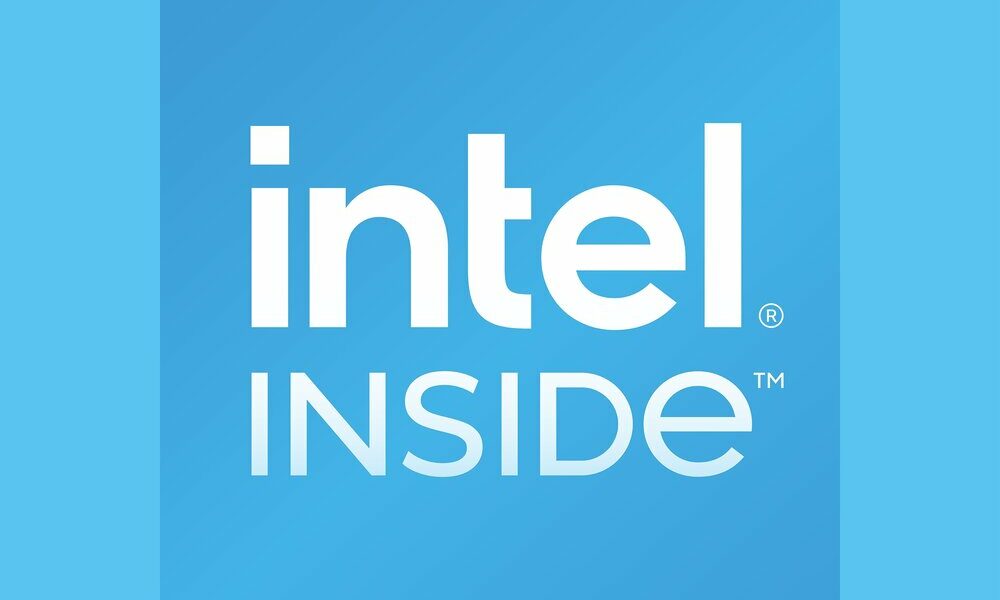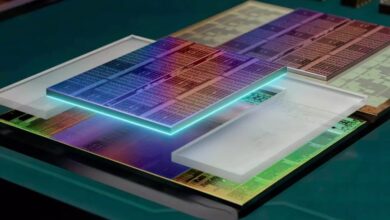
ADM and NVIDIA They intend to revolutionize the PC market with the emergence of new CPUs based on ARM architecture for 2025. Initially, they will focus on the general consumer market and then carry out a more specific launch. With this new strategy, both entities want to face the enormous potential that Manzana and Intel they have and demonstrate that ARM is not only designed for smartphones and tables.
To date, only Qualcomm had offered ARM-based SoCs for laptops. NVIDI and AMD trust in the power of the ARM architecture, and even more so after NVIDIA had previously tested the development of CPUs that can run Windows without any problems. However, the new ARM-based processors will be limited to OEMs and pre-configured equipment.
Why bet on ARM?
NVIDIA is committed to the ARM architecture to design consumer CPUs because it already has experience in the sector with the Tegra chips, while AMD is betting on ARM despite the fact that it has its own x86 and x64 architecture. It would be the first time that AMD creates an ARM-based project, since previously the K12 generation used ARM, but was canceled after Jim Keller left the technology company due to lack of budgets.
The objective of Microsoft is to get Windows PCs to have best ARM based processors and that they can compete directly with Apple’s offerings. Already in the 2000s, Microsoft tried to incorporate processors based on the ARM architecture, but was unsuccessful.
Again, in 2016, Microsoft tried to push ARM on Windows PCs, after the deal with Qualcomm was signed. In this way, they generated application processors snapdragon PC-oriented and Microsoft chose to adapt its ARM version of Windows for these very specific SoCs.
Microsoft is aware that does not want to depend technologically on Intel as a new supplier again, but also not allow Qualcomm to have a monopoly on the matter. Hence its launch goes hand in hand with end of the agreement with Qualcomm scheduled for 2024.
Business diversification
Although NVIDIA has focused its recent activity on the data center business, manufacturing high-volume PC processors allows them diversify your offer and access new markets. On the positive side, both AMD and NVIDIA have AI, HPC, CPUs and GPUs from data centers as sources of revenue, but they want Prevent exclusive focus on enterprise hardware leads them to disappear or be absorbed, in the short-medium term, by another entity.
Intel’s response
Pat Gelsinger, CEO of Intel, assures that the creation of ARM chips by AMD, NVIDIA or Qualcomm can steal market shares, but that they are not worried about the situation currently. It must be remembered that already in 2021, Intel announced the production of ARM chips for other companies and the investment of more than 20,000 million dollars for the installation of new factories. In fact, Jensen HuangCEO of NVIDIA, commented on the option of merging with Intel for certain projects.
ARM is the future of personal computing, so we will have to see if ARM chips from AMD, NVIDIA or Qualcomm can end up taking market share from Intel.
A revolutionary technology
Initially, ARM was used in personal computers in 1987 for Acorn Archimedes, which included 32-bit ARM. ARM can be found in portable and integrated electronic devices, in smaller, low-power microprocessors and with a very low cost. Likewise, they are present in the mobile telephony market, such as the iPhone, which works with a own AX microprocessor with ARM architecture and iOS system.
Its application in laptops that use an ARM CPU is allowing achieve greater performance and battery life thanks to the simplicity of processors with ARM architecture. In fact, Manzana has replaced Intel x86 processors with Apple Silicon based on the ARM architecture for their computers.
The ARM architecture also allows make more powerful microprocessors. This is how NVIDIA launched devices similar to a video game console called NVIDIA Shield TVequipped with their own processor NVIDIA Tegra X1. Likewise, Nintendo used this processor for its successful nintendo switch.



